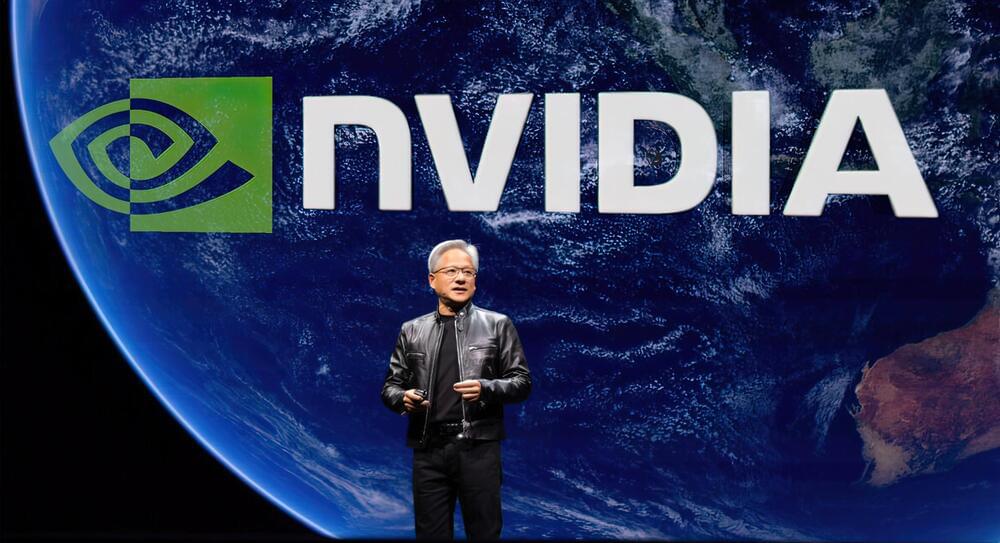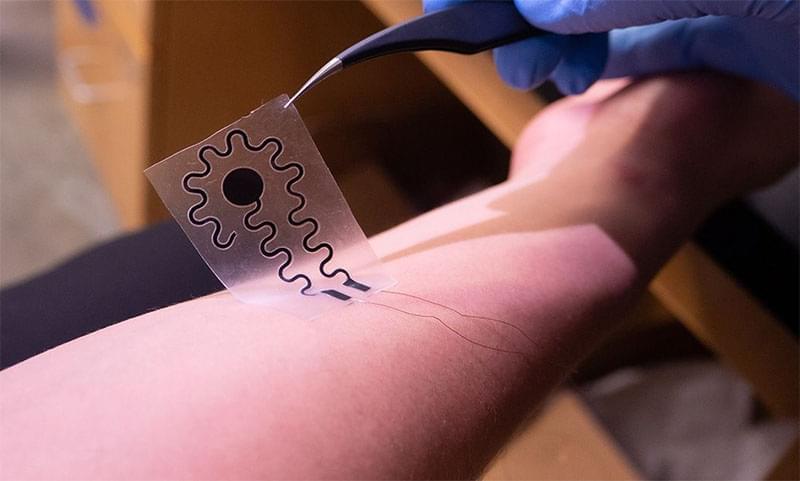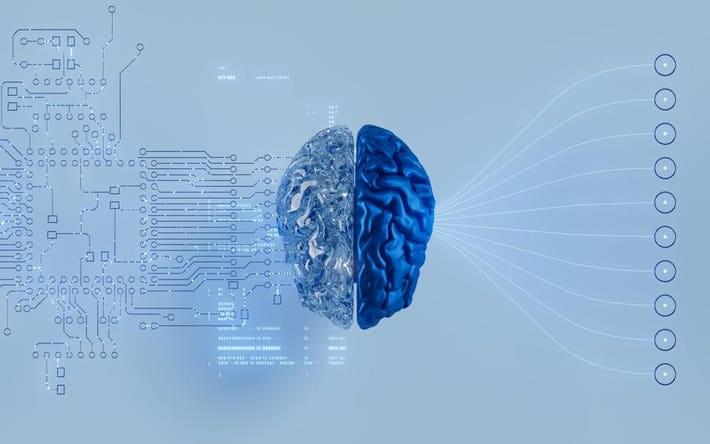In the creepiest video of 2024, a scientist explains how his system, Cognify, could ‘fix’ prisoners by implanting AI-generated artificial memories in their brains. And it somehow gets weirder.
Category: robotics/AI – Page 602


How the CIA is using generative AI — now and into the future
From human intelligence collection to information gathered in the open, the CIA is leveraging generative artificial intelligence for a wide swath of its intelligence-gathering mission set today, and plans to continue to expand upon that into the future, according to the agency’s AI lead.
The CIA has been using AI for things like content triage and “things in the human language technology space — translation, transcription — all the types of processing that need to happen in order to help our analysts go through that data very quickly” as far back as 2012, when the agency hired its first data scientists, Lakshmi Raman, the CIA’s director of AI, said during an on-stage keynote interview at the Amazon Web Services Summit on Wednesday in Washington, D.C.
On top of that, AI — particularly generative AI in recent years — has been an important tool for the CIA’s mission to triage open-source intelligence collection, Raman said.
ChatGPT could be smarter than your professor in the next 2 years
“If you look at the trajectory of improvement, GPT-3 was maybe toddler level intelligence, systems like GPT-4 are smart high schooler intelligence and in the next couple of years we’re looking at PhD level intelligence for specific tasks,” she said during a talk at Dartmouth.
Some took this to suggest we’d be waiting two years for GPT-5 but looking at other OpenAI revelations, such as a graph showing ‘GPT-Next’ this year and ‘future models’ going forward and CEO Sam Altman refusing to mention GPT-5 in recent interviews — I’m not convinced.
The release of GPT-4o was a game changer for OpenAI, creating something entirely new from scratch that was built to understand not just text and images but native voice and vision. While it hasn’t yet unleashed those capabilities, I think the power of GPT-4o has led to big changes.

NVIDIA Gears Up For $50 Trillion “AI Automation” Market, CEO Says That Blackwell Will Be The “Most Successful” Product In Firm’s History
NVIDIA’s CEO Jensen Huang believes that the AI frenzy will automate a whopping $50 trillion worth of companies, stating that Blackwell will play a dominant role.
NVIDIA Isn’t Taking The Foot of The AI Accelerator Pedal Any Time Soon, Plans To Take Blackwell’s Adoption To a Whole New Level
NVIDIA has undoubtedly managed to pick up a market that will progress rapidly in the future. Not only is every big tech firm, whether Microsoft or Amazon, forced into the race of “AI automation,” but the demand for adequate computing power is rising massively.
New intelligence model could upend biology, genetics, medicine and AI
This may be about as wildly entertaining, disruptive and philosophically profound as legitimate scientific research gets. Michael Levin’s work in cellular intelligence, bioelectrical communication and embodied minds “is going to overturn everything.”

Video Shows China’s Rifle-Equipped Robot Dog Opening Fire on Targets
China has released video footage of its rifle-toting robot dogs, and it’s about as scary as you were probably imagining.
Last week, Agence France-Presse reported that China had flaunted the gun-carrying robodogs in a 15-day joint military exercise with Cambodia dubbed the “Golden Dragon.”
And if images of the literal killing machines weren’t troubling enough, a new video of the robots released yesterday by the state-owned broadcaster China Central Television shows the killing machine dutifully hopping and diving, leading teams in reconnaissance, and shooting its back-strapped machine gun at targets.

Soft, stretchy electrode simulates touch sensations using electrical signals
A team of researchers led by the University of California San Diego has developed a soft, stretchy electronic device capable of simulating the feeling of pressure or vibration when worn on the skin. This device, reported in a paper published in Science Robotics (“Conductive block copolymer elastomers and psychophysical thresholding for accurate haptic effects”), represents a step towards creating haptic technologies that can reproduce a more varied and realistic range of touch sensations.
The device consists of a soft, stretchable electrode attached to a silicone patch. It can be worn like a sticker on either the fingertip or forearm. The electrode, in direct contact with the skin, is connected to an external power source via wires. By sending a mild electrical current through the skin, the device can produce sensations of either pressure or vibration depending on the signal’s frequency.
Soft, stretchable electrode recreates sensations of vibration or pressure on the skin through electrical stimulation. (Image: Liezel Labios, UC San Diego Jacobs School of Engineering)

AI Strategy: The Whole Brain Approach Will Win
Found on Google from forbes.com